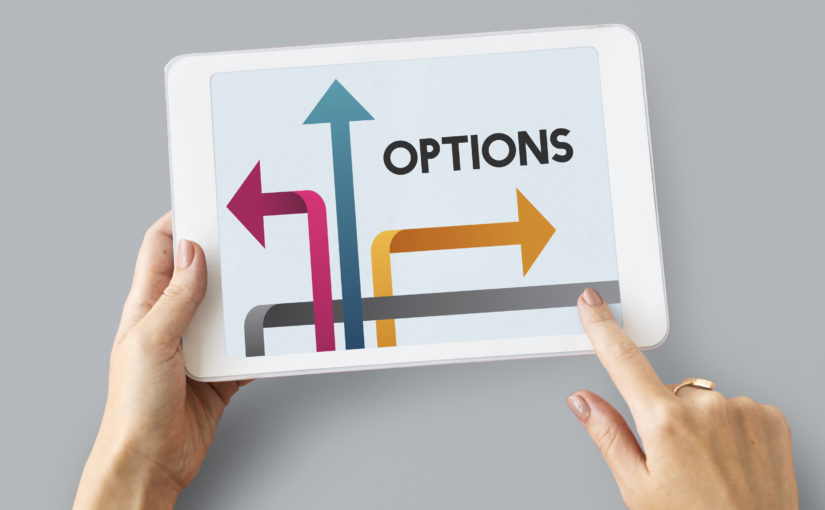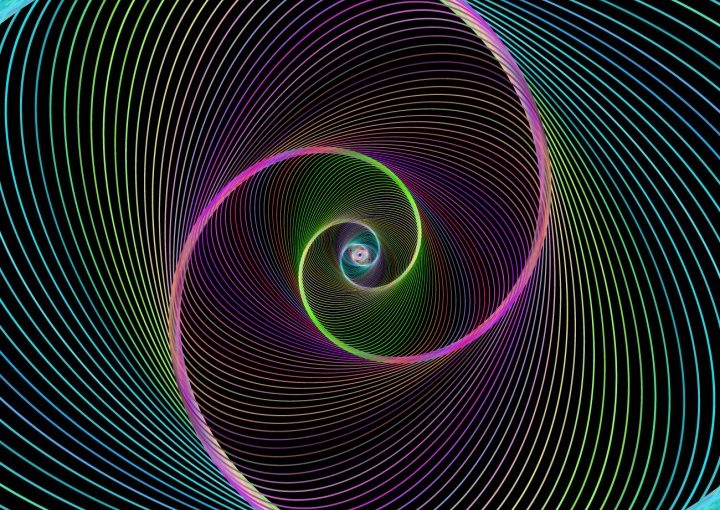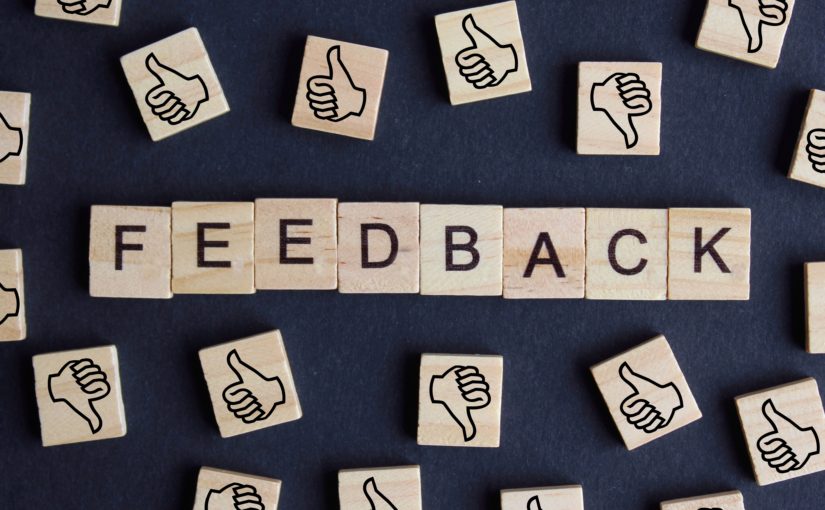Imagine that all the cups in your cupboard are already full. Each cup represents a specific drink. Whenever you take out the long, red cup, it contains grape juice. The long, red cup is conditioned with the taste of grape juice.
Imagine the same experience happening from year to year. One day, someone mixes in grapefruit juice. Do you think you would be able to taste it?
If you believe the conditioning, this will not happen. You will taste grape juice again and not the mixture of grape- and grapefruit juice. It will be the same as always. Your brain will not notice the slight difference.
Something similar happens to people. They always seem to be the same. What is forgotten is that every person develops, learns, begins to think and act regarding to different perspectives, and forgets others behaviours or thoughts. If we are allowed to accompany a person for a longer period, we notice the changes less. If we don’t see this person for a long time and meet the person again, we expect to meet the same person as we know from „before“. We look for behaviours that are very familiar to us to confirm that it is still the same as „before“. We overlook the grapefruit note, as the person may have aged but is not the same.
To recognize the grapefruit, mindfulness is a good solution. This means just being in the moment, without judgment or interpretation.
According to Bruce Lee: “ In order to taste my cup of water you must first empty your cup. My friend, drop all of your preconceived fixed ideas and be neutral. Do you know why this cup is so useful? Because it is empty.“ (Bruce Lee, John Little: Bruce Lee´s Striking Thoughts, Wisdom for daily living; Publisher Tuttle; 20002, s. 30)
In this way you also have the freedom to pour wine into the cup. This enriches your experience and the joy of diversity.





